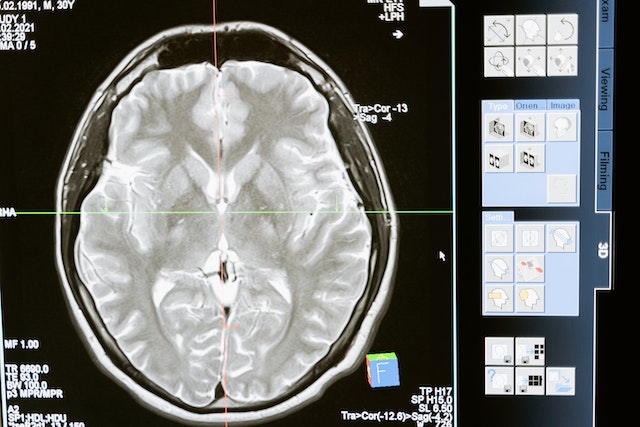
What is the difference between short and long-term memory? Short-term memory holds small blocks of information for a few seconds up to a few minutes. Long-term memory holds information indefinitely. Memories can cross from short-term into long-term and be held for longer.
There are three steps in making a memory and short-term memory is the second step. The first step is sensory memory. Our five senses are constantly sending data to our brains. Everything you see, hear, touch, smell, or taste gets translated into an electrical signal that goes to the brain for processing. The brain has to hang onto each piece of information just long enough to decide if something needs to be done about it. If the information is not needed, it disappears. For example, visual information is retained for about 250 milliseconds, and aural information is retained for about 3 seconds. We sense so much every day that it would be impossible to remember all of it. We would be overwhelmed, so our brains sift through it and then let the majority of it go. There are some people who claim to have a photographic memory, but it has never been proven.
The next step is to move the information to the short-term memory. Short-term memory is the ability to hold small pieces of information in our brains for a very short period of time. It is said that most people can hold about 7 different pieces of information, although studies produce different results. Some studies say 5 things, some say 9, and one study says four chunks of information. It is also likely that some people have a greater capacity to hold things in their short-term memory than others. Any information stays in the brain for roughly 30 seconds to a minute and then fades away. If someone tells you a phone number, unless you have strategies to remember it, it will have gone from your brain in less than a minute. Short-term memory is also constantly being overwritten by new information, so it is very difficult to hang on to the information you have. Short-term memories are stored in the prefrontal cortex part of the brain.
There is also a type of memory called working memory, that overlaps with short-term memory. Short-termmemory is the ability to hold information and working memory is the ability to use that information to do something, such as remembering a list of tasks you have to do and then carrying out those tasks.
Long-term memories are memories that stay in the brain for a very long time, or permanently. Long-term memories start as short-term memories in the pre-frontal cortex, and then they are passed to other parts of the brain for storage. There is no section of the brain that is “long-term storage”, these memories are stored in different parts of the brain, depending on the kind of memory they are.
Episodic memories are stored in the hippocampus. These are memories that are of everyday events. They usually contain times, places, emotions, and they always have a field of view, as opposed to just being a general memory. They are a memory of something we have experienced and we remember it in that way. The amygdala plays a big role in these memories because it attaches emotion to them. Strong emotions make things far easier to remember, which is a possible evolutionary advantage of this system. The amygdala also helps create new memories that are related to fear. It teaches us what we should be afraid of and helps the hippocampus remember those things.
General knowledge memories are stored in the neocortex, which is the part of the brain responsible for higher functions such as sensory perception, generation of motor commands, spatial reasoning, and language. There is some evidence that memories are transferred from the hippocampus to the neocortex during sleep.
There is another type of long-term memory called implicit memory. These are things that we know how to do and can perform unconsciously, such as riding a bike. Implicit memories are stored in the basal ganglia and the cerebellum.
It is very difficult to find out which parts of the brain are responsible for different types of memory. You can put someone in an MRI and watch which part of their brain lights up when they try to remember a phone number, but you can’t make someone transfer a different kind of memory to a different area of their brain on cue. The only real way to see what part of the brain does what with memories is to analyze people with injuries to different parts of the brain. For example, Clive Wearing is a musician who had damage to his hippocampus because of a disease. Before the damage he was a musician and worked at the BBC, after the damage he had a memory of 7 seconds and could not make new memories. This shows that the hippocampus is very important when it comes to making new long-term memories. And this is what I learned today.
Sources
https://www.verywellmind.com/what-is-short-term-memory-2795348
https://en.wikipedia.org/wiki/Short-term_memory
https://en.wikipedia.org/wiki/Sensory_memory
https://www.memorylosstest.com/short-term-memory-definition-long-term-memory/
https://www.frontiersin.org/articles/10.3389/fphar.2017.00438/full
https://news.mit.edu/2017/neuroscientists-identify-brain-circuit-necessary-memory-formation-0406
https://southtree.com/blogs/artifact/where-are-memories-stored
https://qbi.uq.edu.au/brain-basics/memory/where-are-memories-stored
